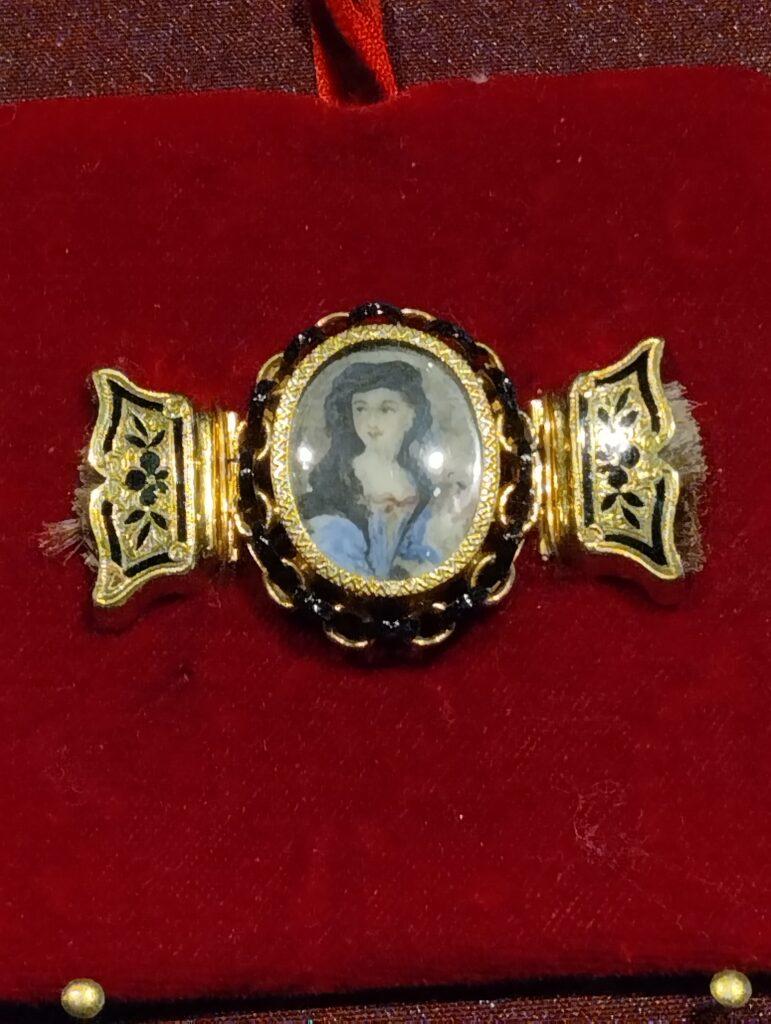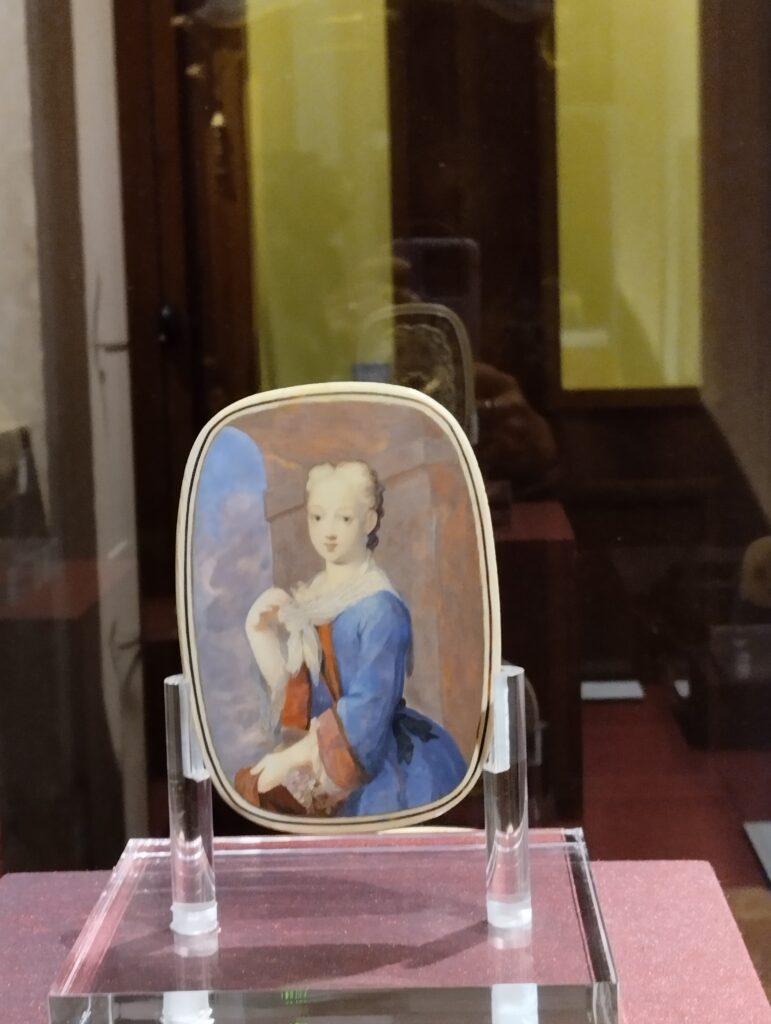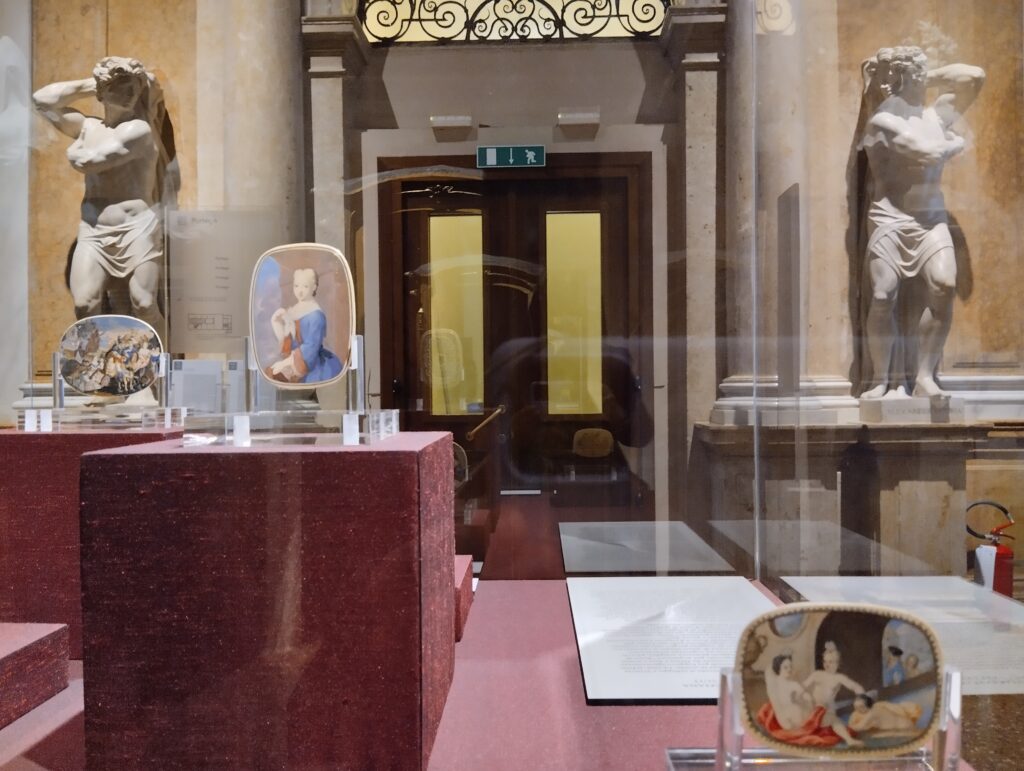
Rosalba Carriera was a famous Venetian painter of the 18th century. She was born in Venice in 1675.
Renowned for her captivating portraits and mastery of pastel painting, Carriera quickly gained recognition for her artistic abilities. The pastel technique had various interpreters in Venice in the early 18th century. Many visitors arrived in Venice and appreciated these works, but the painter made the pastel technique famous, being a virtuoso and esteemed painter of it. Carriera’s use of pastel as a medium was quite important for its time, elevating it from being seen as merely preparatory sketches to becoming a respected form of art in its own right.
Her delicate touch and meticulous attention to detail brought her subjects to life, capturing their essence with remarkable precision. Carriera’s clientele included prominent figures from European nobility and aristocracy who appreciated her style.
The European painter
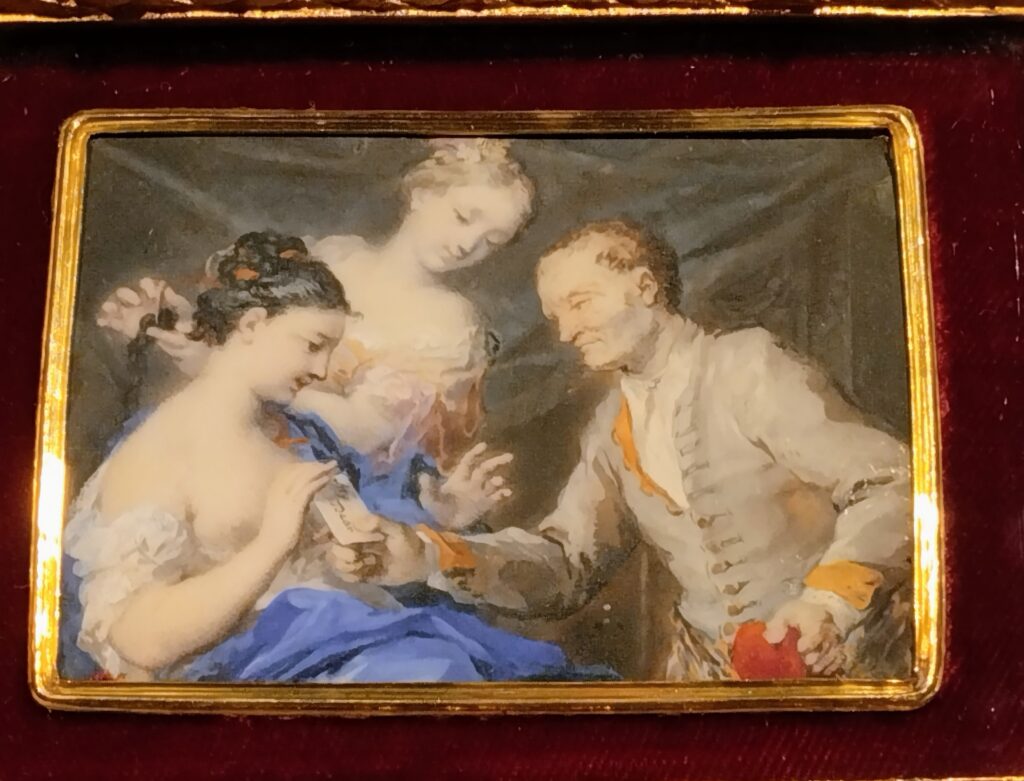
Her influence extended far beyond Venice as she traveled throughout Europe, she was one of the first acclaimed female Venetian artist and she was appreciated by her contemporaries. Her works were sought after by collectors, cementing her status of artist. Rosalba Carriera spent periods in Paris (1716-1721) and Vienna (1730-1732), and her influence was significant for local pastel artists.
In a way, Rosalba Carriera embodies one of the most delicate and ephemeral aspects of the Rococo: pastel portraiture. Her beautiful ladies, allegorical deitis, and the chubby cherubs are part of a somewhat ‘sugary world’ where grace reigns. The portraits, even if they are detailed and of people who are no longer young, are never harsh, but always have the grace that the pastel technique gives them.
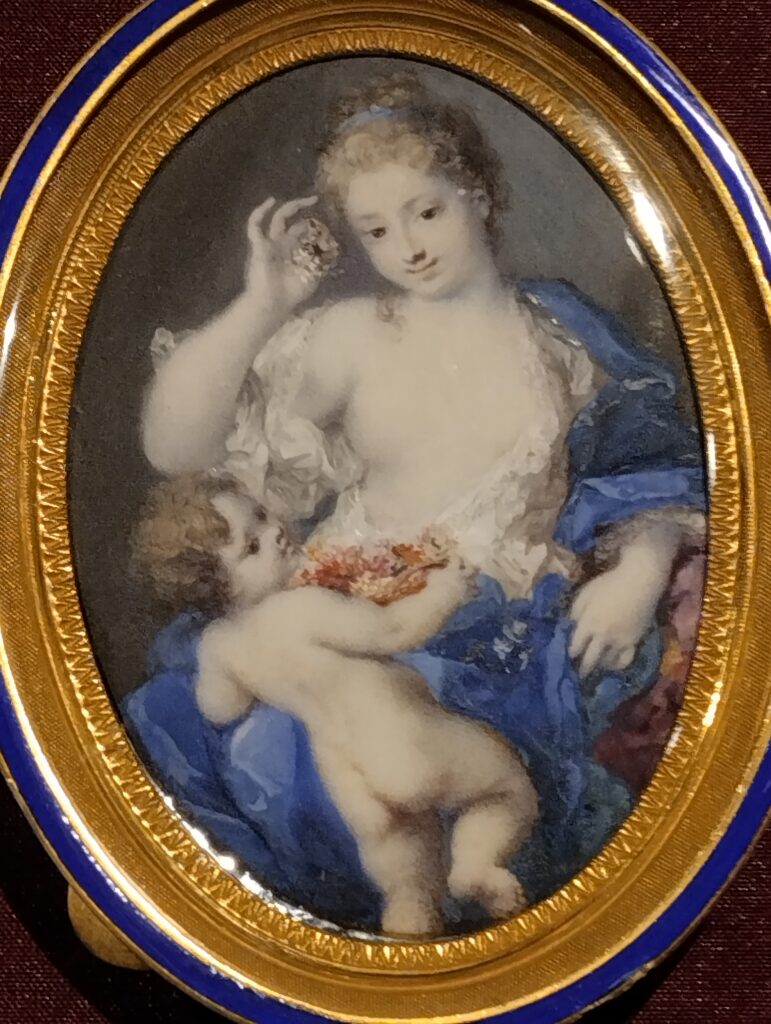
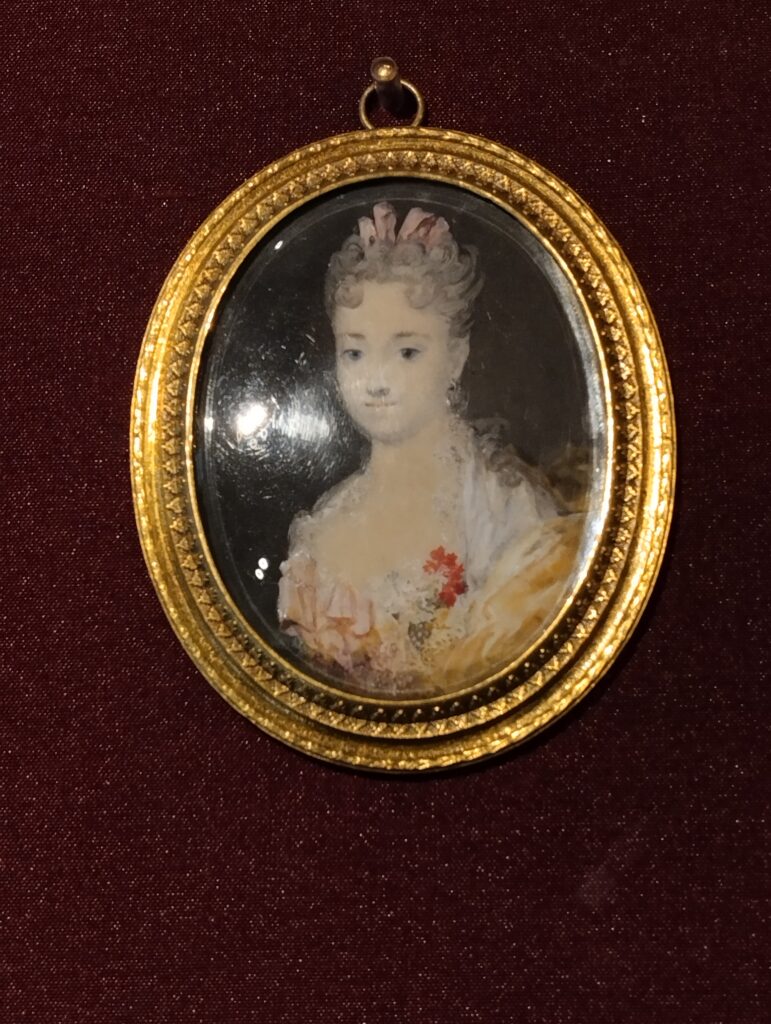
Cà Rezzonico museum
Rosalba’s works can be admired at the Ca’ Rezzonico Museum in Venice, where some of her paintings are exhibited in the “Pastel Room”. At the Ca’ Rezzonico Museum, visitors also have the opportunity to immerse themselves in 18th century life and appreciate some of the most important Venetian painters of that century.
In the pastel room, you can find the portrait of the famous contralto Faustina Bordoni Hasse from 1739, who was one of the most celebrated opera singers of that era, but also Suor Caterina (1735-1740) and some works of Marianna Calevaris.
This is the link for my visit to Cà Rezzonico: Venetian Palaces

Rosalba Carriera, miniatures on ivory
Beyond portraiture, Carriera also excelled in miniature painting and created miniatures on ivory that showcased her skill in capturing intricate details on a small scale.
The exposition Rosalba Carriera, miniature on ivory (Cà Rezzonico, October 2023 – February 2024) is curated by Alberto Craievich and exhibit 36 miniatures by Rosalba and other Venetian painters, in the year that marks the three hundred and fiftieth anniversary of the artist’s birth.
Each stroke reveals Carriera’s meticulous attention to detail and her ability to create depth and texture with this versatile medium. Her paintings exude a sense of elegance and grace, even if the subjects were portraits of prominent figures or ethereal mythological scenes.
Her portraits are characterized by delicate details; the pearls, the lace of the dress, the little strands and the blondness of hair, the whiteness of the skin.
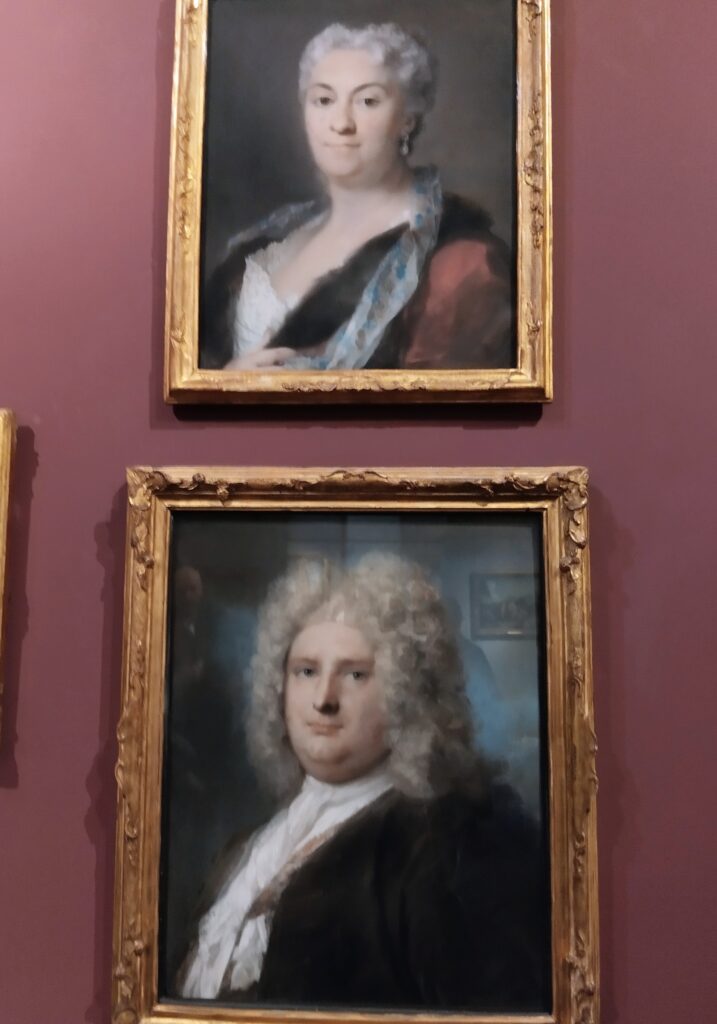
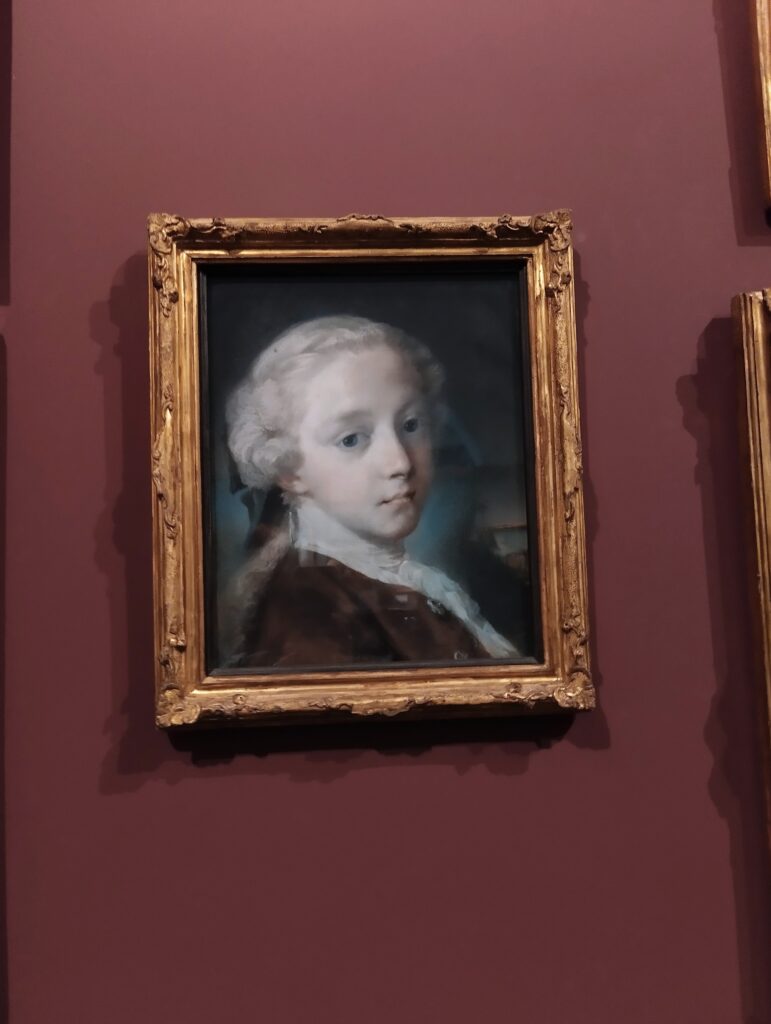
The influence of the painter extended far beyond Venice as she traveled throughout Europe, gaining recognition and acclaim wherever she went.The painter played a significant role in the art of portraiture in Europe. In fact, Carriera’s clientele included prominent figures from European nobility and aristocracy who sought out her unique style.
The artist had a great ability to capture not only physical likeness but also the inner emotions of her subjects set her apart from other artists of her time. So her works were sought after by collectors and art enthusiasts alike, cementing her status of artist.
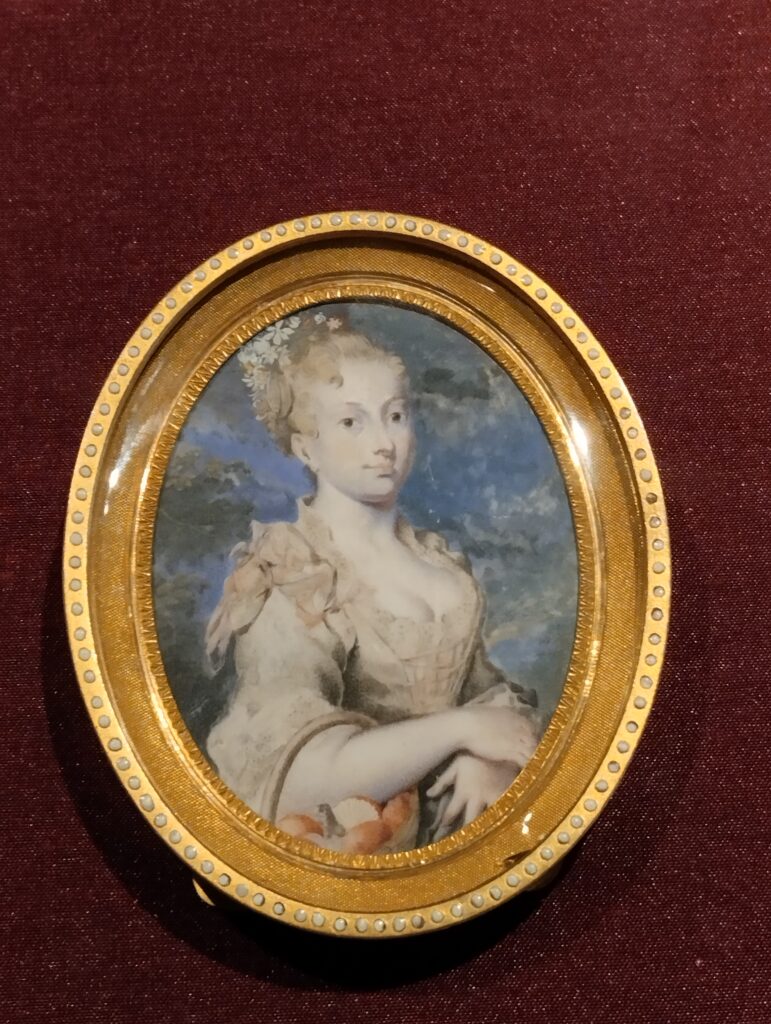
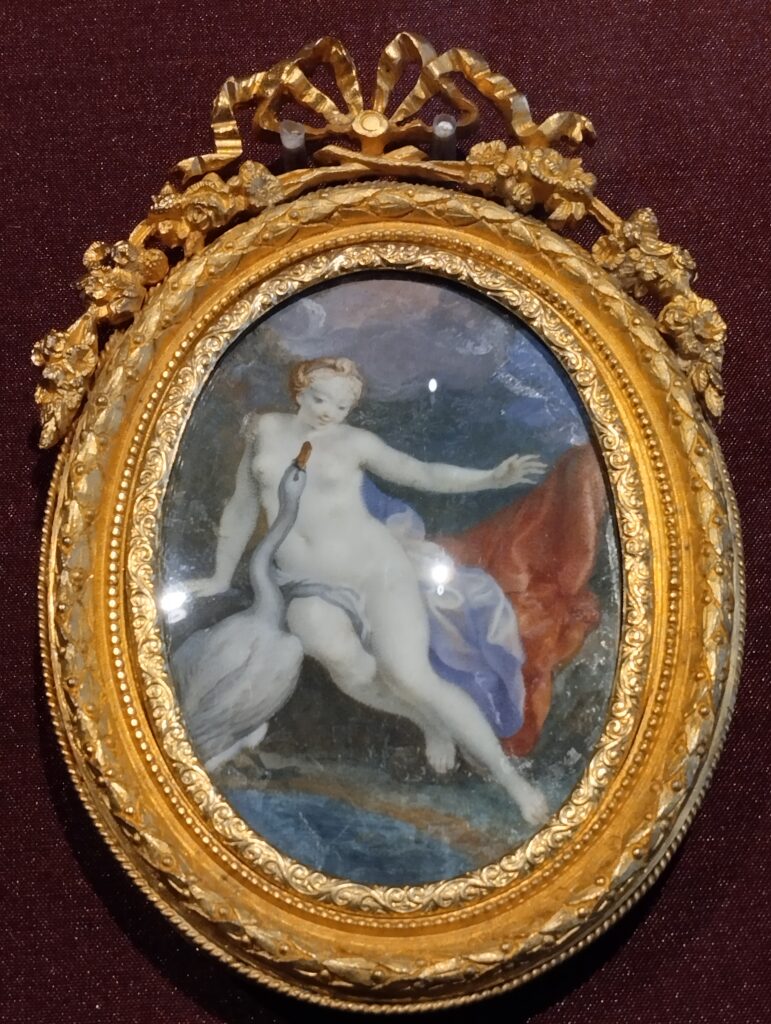
The Venetian painter achieved considerable success in her time, painting portraits of many European nobles, including kings, and aristocrats ( King Frederick of Danemark, the young King of France, Louis XIV). Her skill in capturing delicate details and the expression of her subjects earned her a reputation for mastery in the art of portraiture. Rosalba Carriera played a significant role in the 18th-century art history, contributing to the spread and appreciation of miniature portraiture . In the later period, her style solidifies in more plastic compositions, as seen in her Self-Portrait of the Galleries of the Academy of Venice.
The fate was not generous to Rosalba Carriera; she died almost blind in 1757.
If you desire to discover Rosalba, the Rezzonico Palace or the other Venetian palaces, contact me.
FIORELLA PAGOTTO — I am an art historian and a writer, author of essays on Venetian art history, biographies of artists and an official guide to the city of Venice.
.https://www.veniceartguide.it
